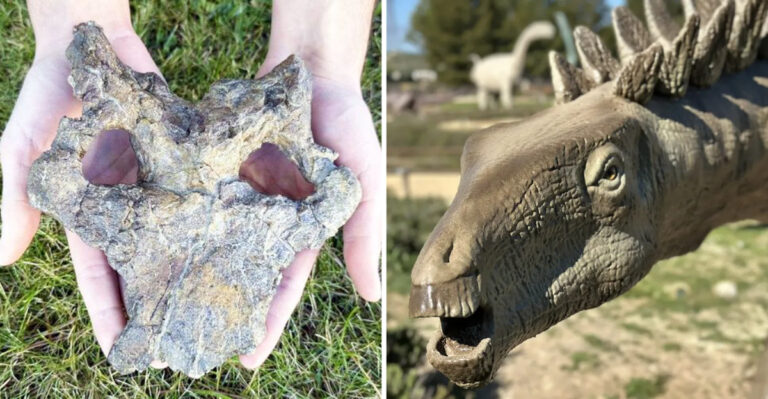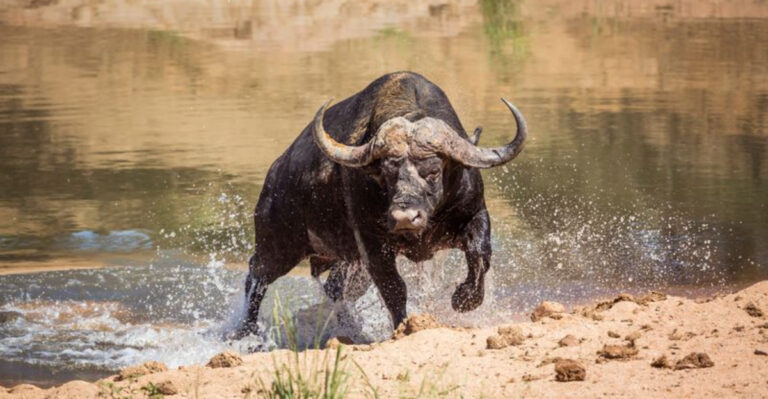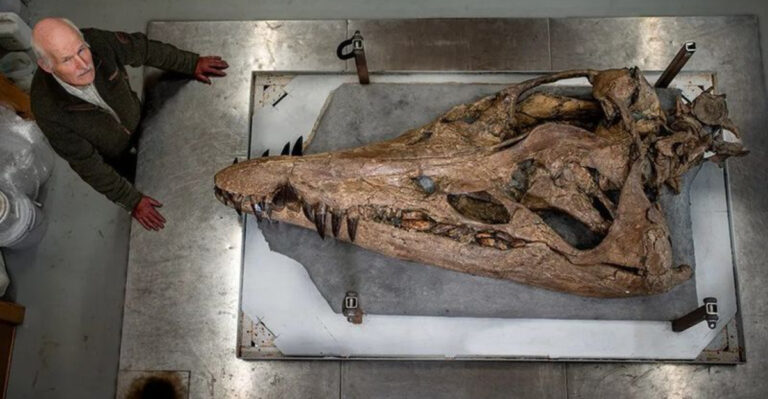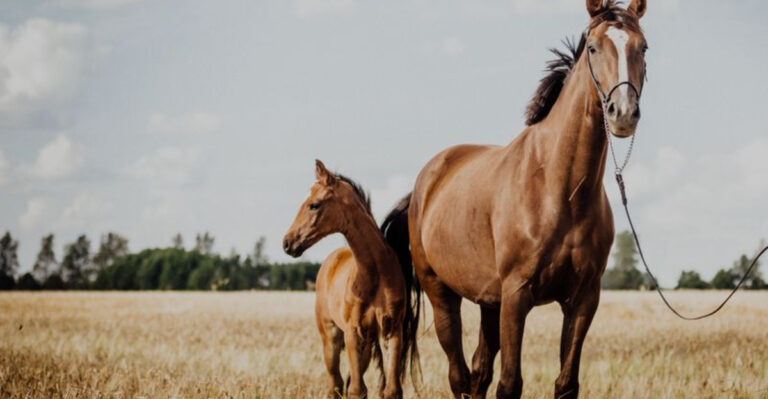23 Traits That Make Mustangs Truly Unique Compared To Domesticated Horses
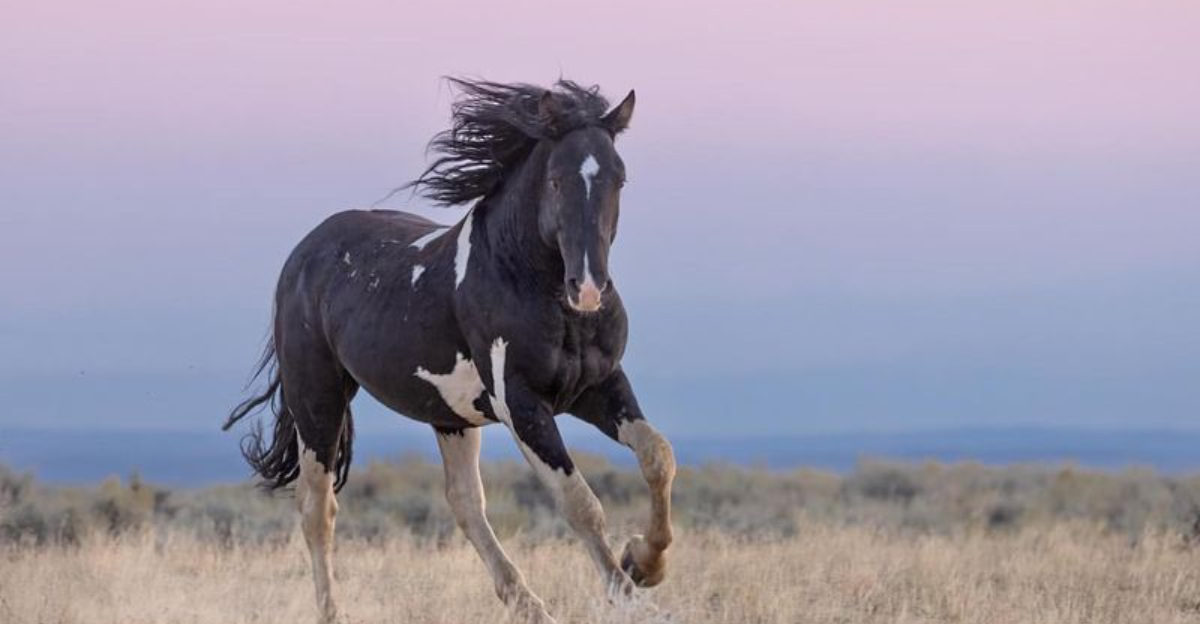
Mustangs, the free-spirited icons of the American West, are fascinating creatures with unique traits that set them apart from their domesticated counterparts.
These wild horses have roamed the North American plains for centuries, embodying the essence of freedom and resilience. Let’s look into some distinctive characteristics that make mustangs stand out in the equine world.
1. Intuitive Bond With Humans
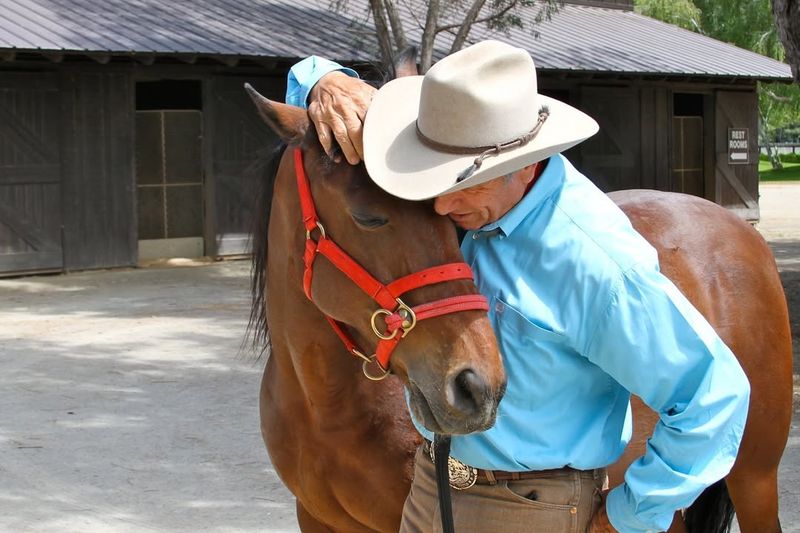
Mustangs exhibit a unique, instinctual ability to form strong, albeit wild, bonds with humans. While domesticated horses may rely on training for human interaction, Mustangs often create these bonds on their own.
Their ability to read human body language and respond with trust or caution highlights their deep-rooted survival instincts and their relationship with the land and people around them.
2. Self-Sufficiency In The Wild
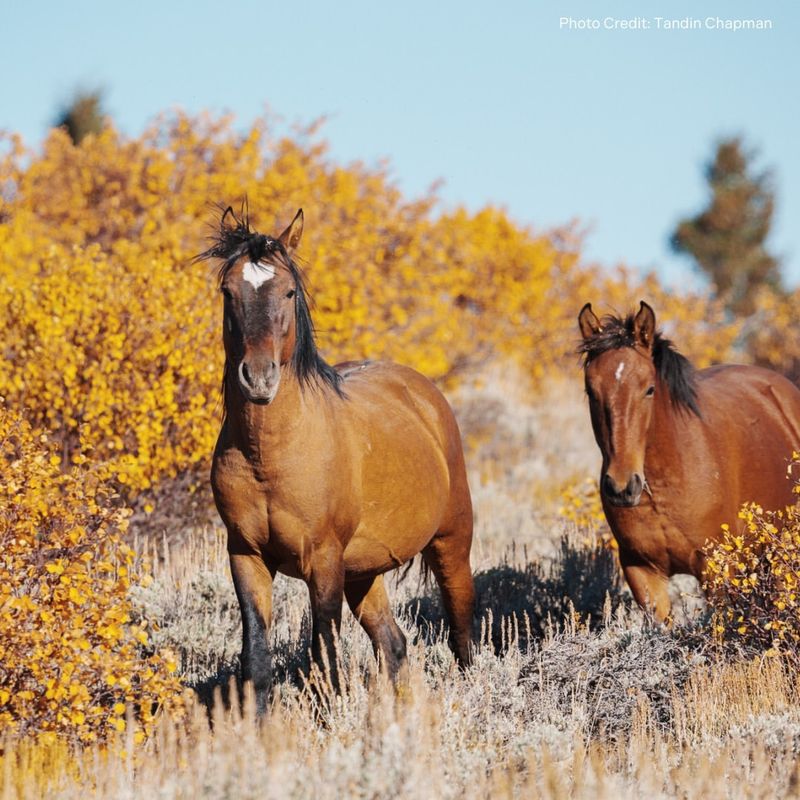
Unlike domesticated horses, Mustangs are largely self-sufficient. Their wild nature allows them to thrive without human intervention, as they are capable of finding food, water, and shelter in some of the harshest environments.
This independence is a defining trait that separates Mustangs from their domesticated counterparts, who rely on humans for their basic needs.
3. Adaptability To Harsh Environments
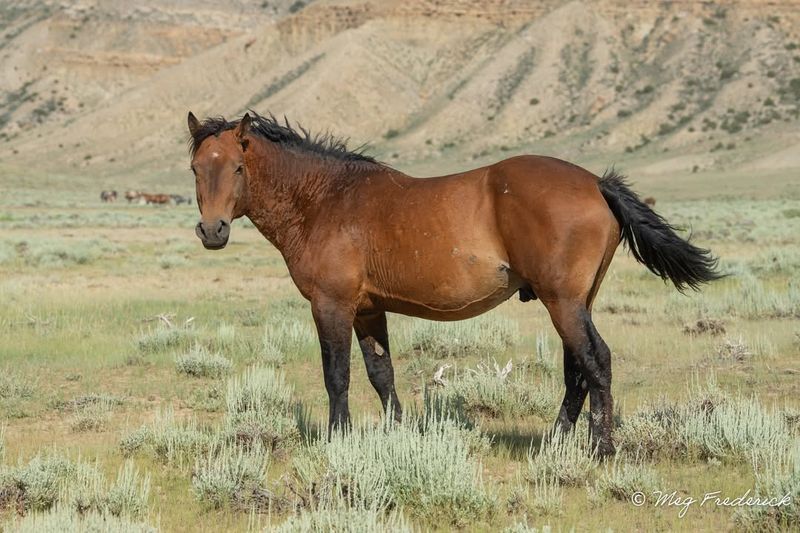
Mustangs are known for their exceptional ability to adapt to extremely harsh environments. These wild horses can thrive in areas with extreme temperatures, from the hot deserts to the freezing plains.
Their thick coats help them stay warm in the winter and cool in the summer, and they have learned to find food and water in places where few other animals can survive. Their resilience in the face of harsh conditions makes them true survivors.
4. Genetic Diversity
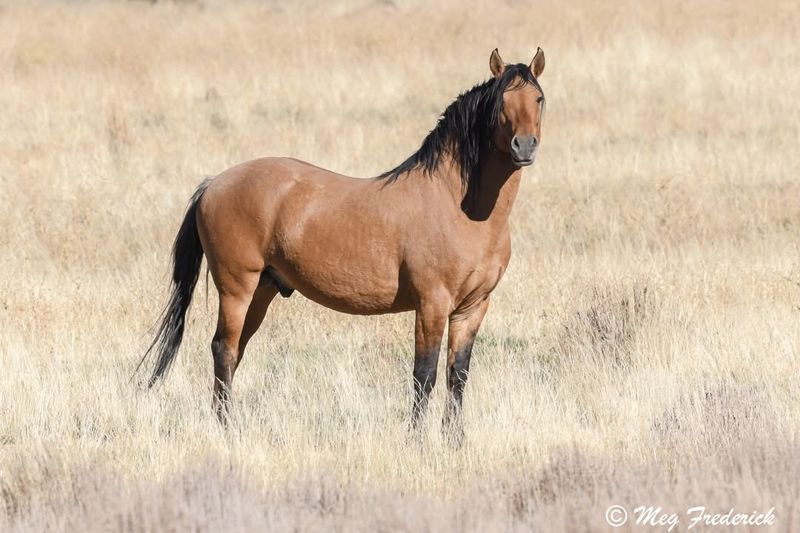
One of the remarkable traits of Mustangs is their genetic diversity. Unlike domesticated horses that have been selectively bred for specific traits, Mustangs are a mix of various breeds, including Spanish, Arab, and draft horses.
This genetic variety gives them unique characteristics and enhances their ability to adapt to different environments. Their wild nature allows them to maintain a wide genetic pool, which is beneficial for their overall health and survival.
5. Social Structure And Herd Dynamics
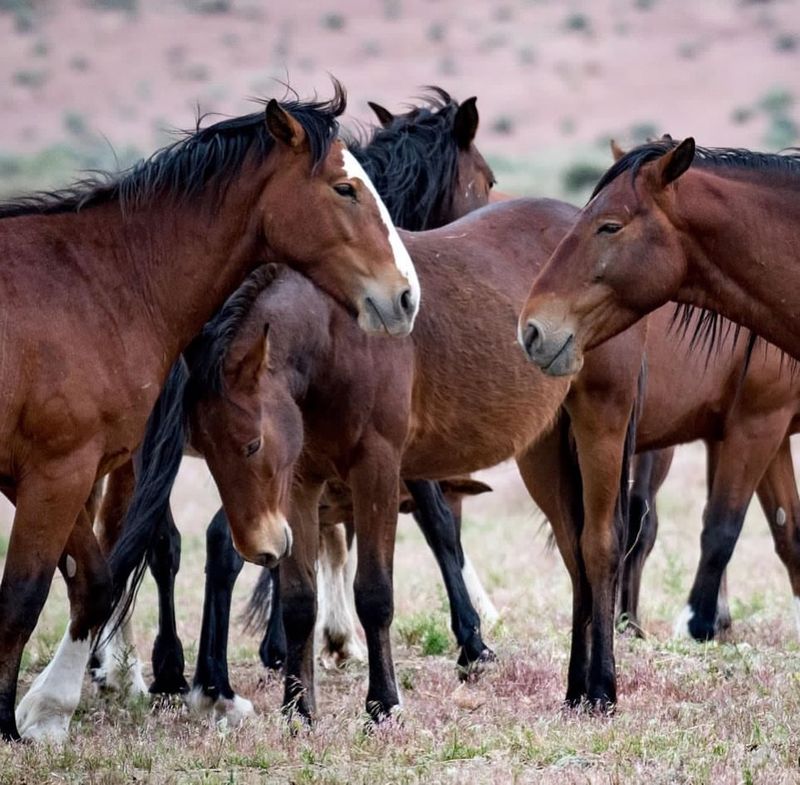
Mustangs have a highly organized social structure within their herds. Each herd is led by a dominant stallion, and the mares and foals follow the leadership of the stallion, forming close-knit family groups.
The herd dynamics are essential for their survival, as they rely on each other for protection, social bonding, and care of the young. This structured society helps the herd maintain order and ensures the safety of its members from predators and other dangers.
6. Unique Coat Patterns And Colors
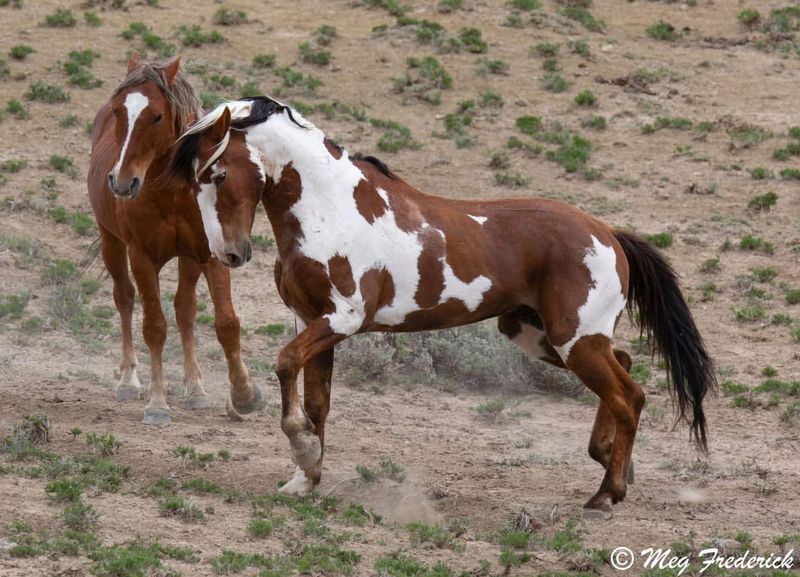
Mustangs are known for their stunning coat patterns and colors, which vary widely. From solid colors to spotted coats, they exhibit a range of hues that make each Mustang unique.
The genetic diversity within Mustang populations contributes to this variety, with some horses carrying rare coat patterns like pinto or appaloosa. Their beautiful and distinctive coats are one of the many features that make them stand out.
7. Innate Survival Instincts
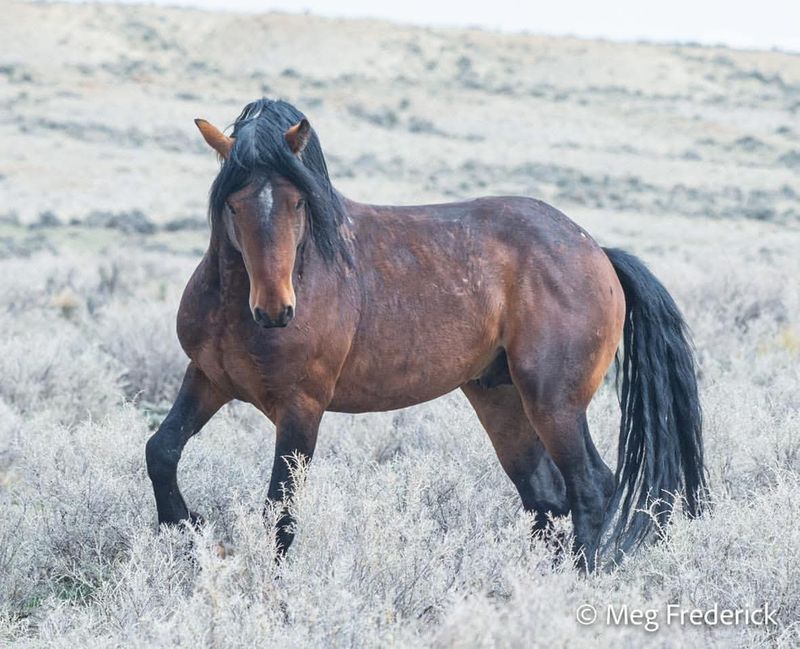
Mustangs possess strong survival instincts that are crucial for their existence in the wild. They are highly alert to their surroundings, constantly watching for predators, and have a strong flight response to danger.
Their ability to quickly assess a situation and act accordingly allows them to survive in the wild, often avoiding confrontations with predators and other threats. These instincts have been honed over generations of living in the wild.
8. Natural Hoof Health
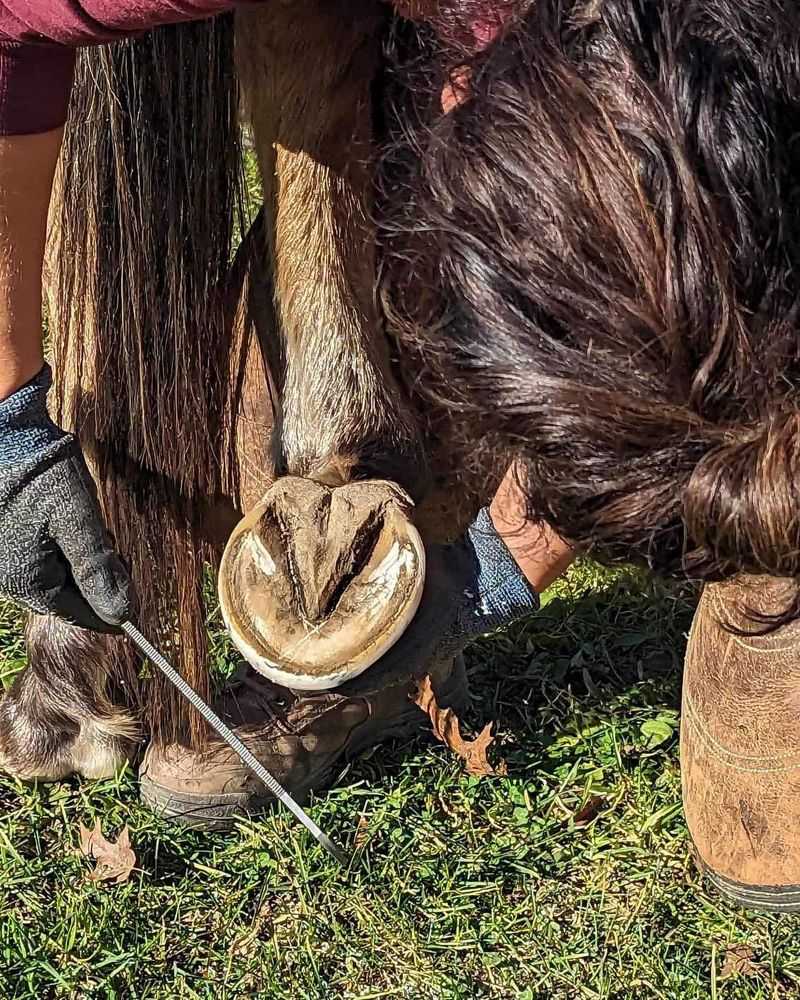
Unlike domesticated horses that require regular trimming and shoeing, Mustangs have naturally healthy hooves. Their hooves are perfectly adapted to the rough terrain they roam, allowing them to travel long distances over rocky or uneven ground without injury.
The wear and tear on their hooves is balanced by the natural movement they do daily, which keeps them in optimal condition without the need for artificial intervention.
9. Efficient Foraging Techniques
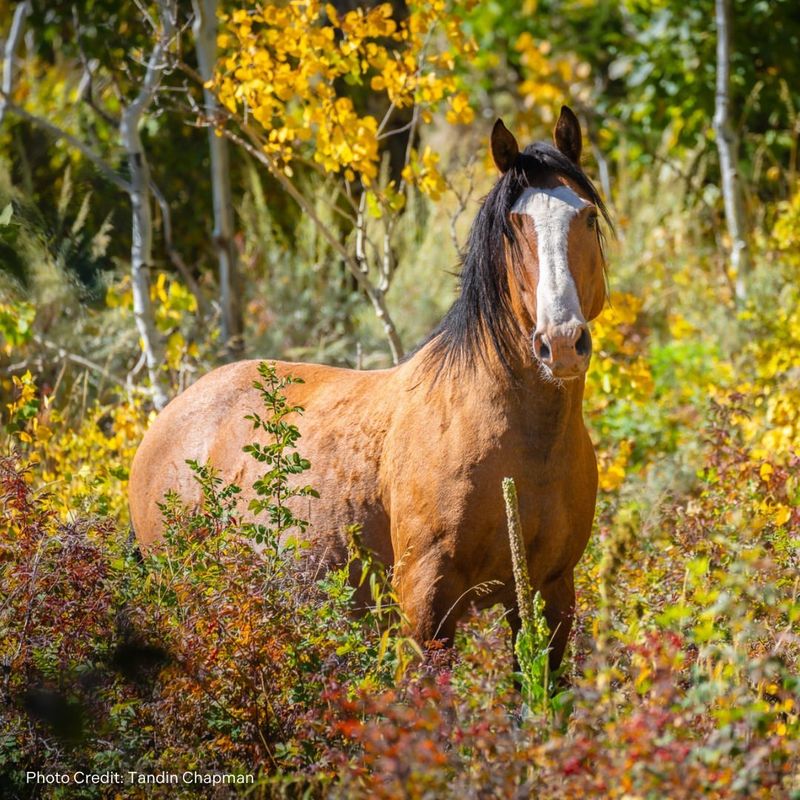
Mustangs are highly skilled at foraging for food in the wild, relying on their instincts to find grass, shrubs, and other vegetation to sustain themselves.
They are excellent at grazing over vast areas, often traveling long distances in search of food and water. Their ability to efficiently forage ensures they can survive even in areas with scarce resources, which is vital for their survival in the wild.
10. Resilience To Diseases
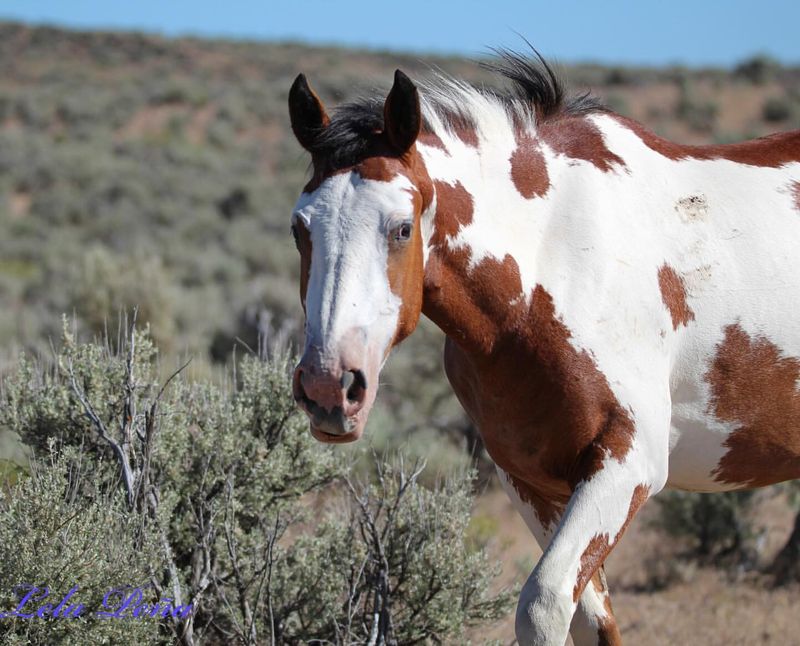
Mustangs have developed a natural resilience to many diseases that affect domesticated horses.
Living in the wild, they are less likely to encounter the same veterinary care that domesticated horses receive, but they have developed strong immune systems that help them fight off infections and illnesses.
Their ability to survive without regular medical intervention is a testament to their robustness and adaptability.
11. Distinctive Vocalizations
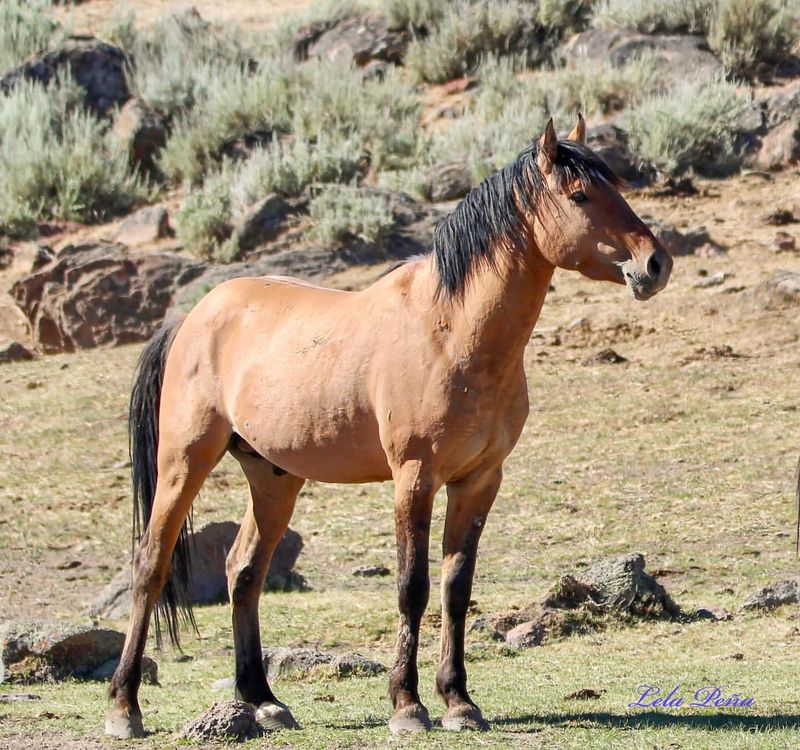
Mustangs communicate with each other using a variety of vocalizations. From soft nicker-like sounds to loud whinnies, these horses have a rich language that allows them to express emotions, warn of danger, and maintain contact with the herd.
Their vocalizations play a critical role in maintaining social bonds within the group and coordinating movements, especially when the herd is on the move.
12. Robust Physical Structure
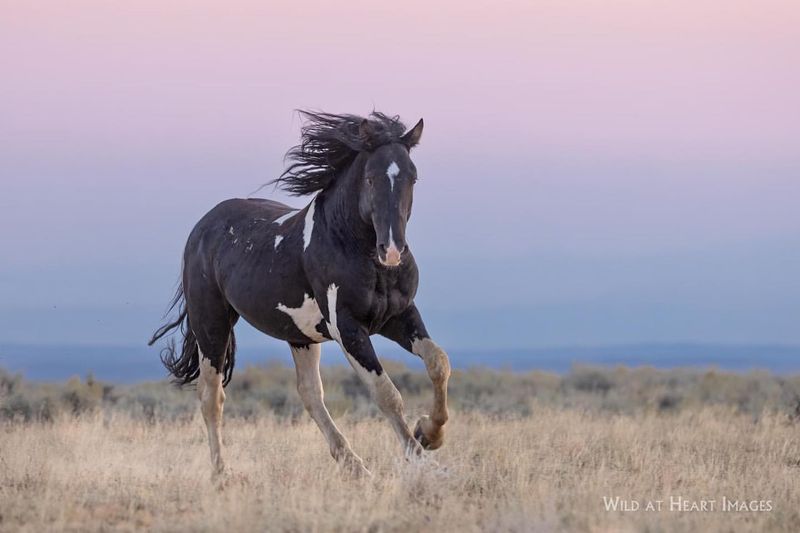
Mustangs have a physically robust structure that allows them to withstand the challenges of life in the wild. Their strong, muscular bodies and sturdy legs are built for endurance, enabling them to travel long distances over rugged terrain.
Their agility and strength help them evade predators and navigate through challenging environments, making them one of the most resilient breeds of horses.
13. Natural Birthing And Rearing Practices
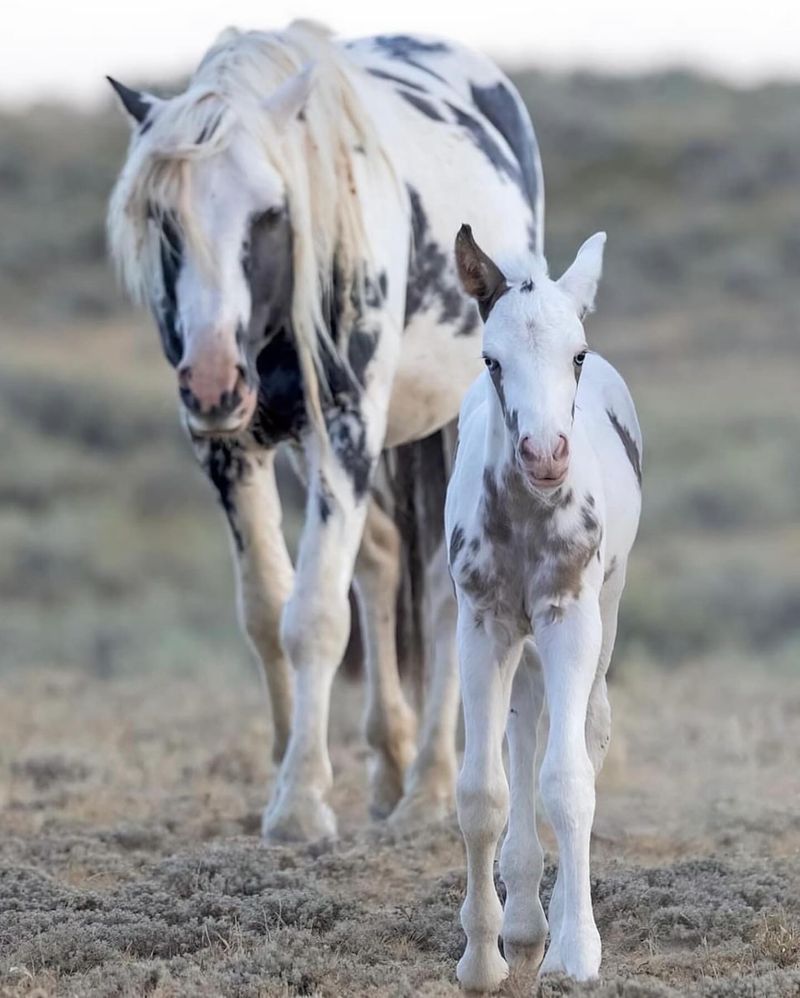
Mustangs give birth and raise their young with minimal human intervention. The mares are highly protective of their foals, and the herd as a whole works together to ensure the safety and well-being of the newborn.
Foals are usually up and moving within hours of birth, and their mothers provide them with the necessary care and protection to ensure their survival in the wild.
14. Instinctual Defensive Behaviors
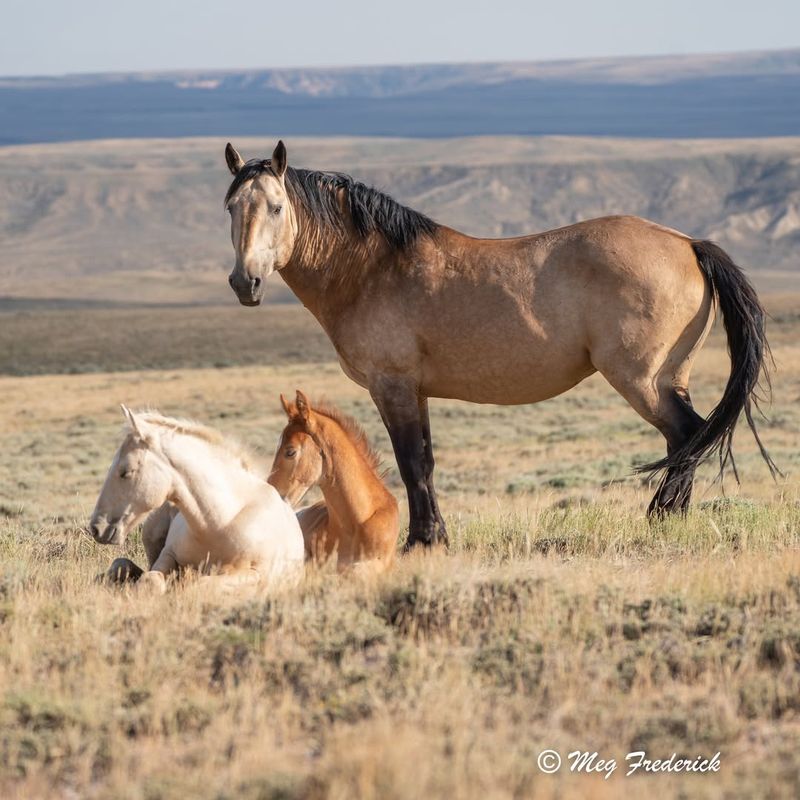
Mustangs are naturally defensive and have evolved to protect themselves from predators. Their first instinct is to flee from danger, but if cornered, they will use their powerful hooves to defend themselves.
Their speed and agility help them evade predators like wolves or mountain lions, and their herd dynamics ensure that the young and vulnerable are always protected.
15. Seasonal Migration Patterns
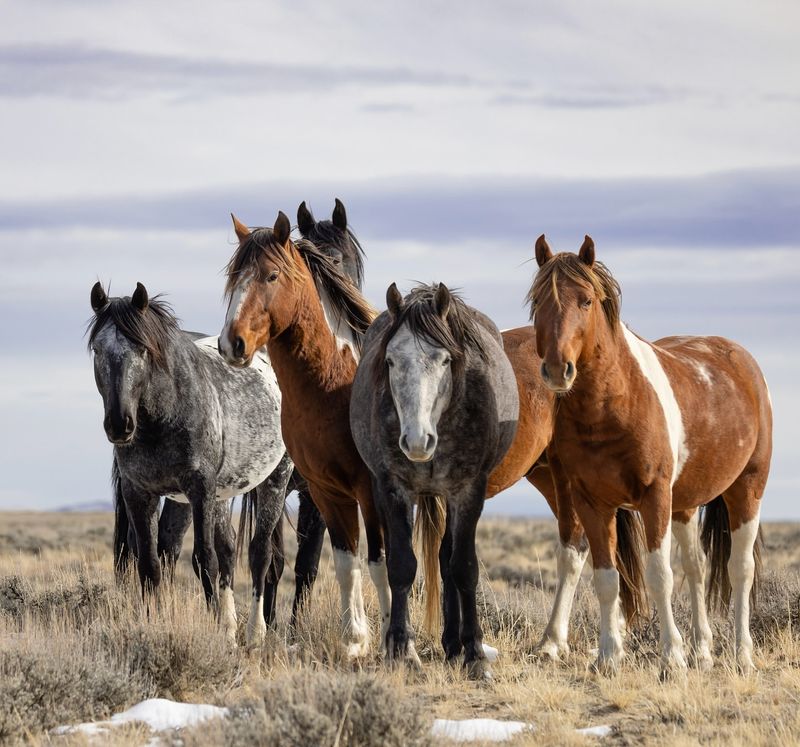
Mustangs often follow seasonal migration patterns, moving from higher altitudes in the summer to lower, warmer areas in the winter. This migration helps them find food and water sources and avoid the harshest weather conditions.
Their ability to navigate and adapt to changing seasons is vital for their survival, and it is a testament to their wild nature and resilience.
16. Natural Grooming Habits
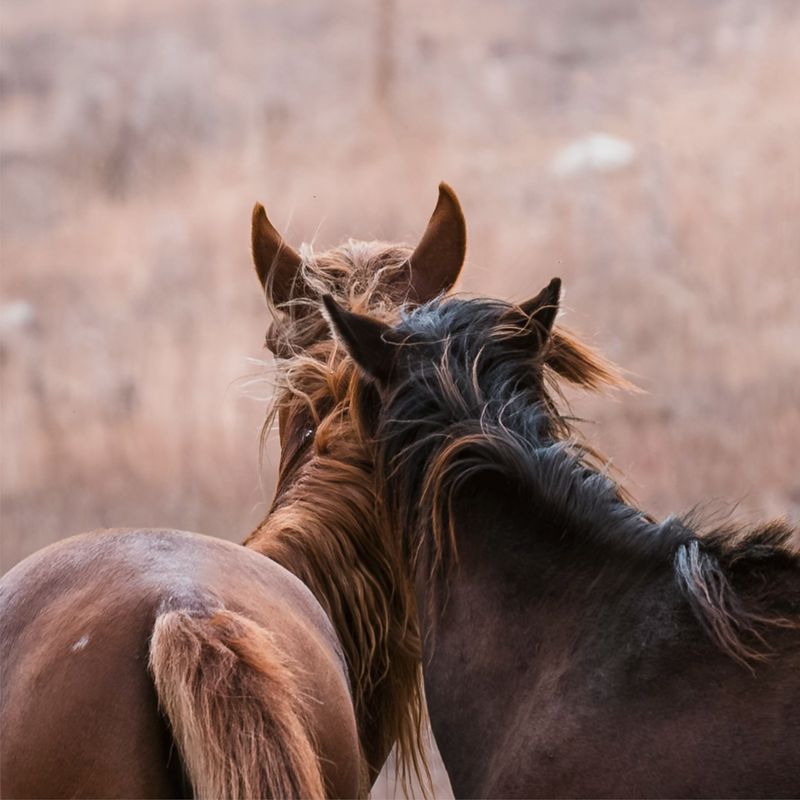
Mustangs have developed their own grooming habits that help keep them clean and free from parasites. They groom each other by nibbling on their coat and using their teeth to remove dirt and debris.
This natural grooming behavior is important for maintaining their health, and it also helps to reinforce social bonds within the herd.
17. Natural Selection Of Mates
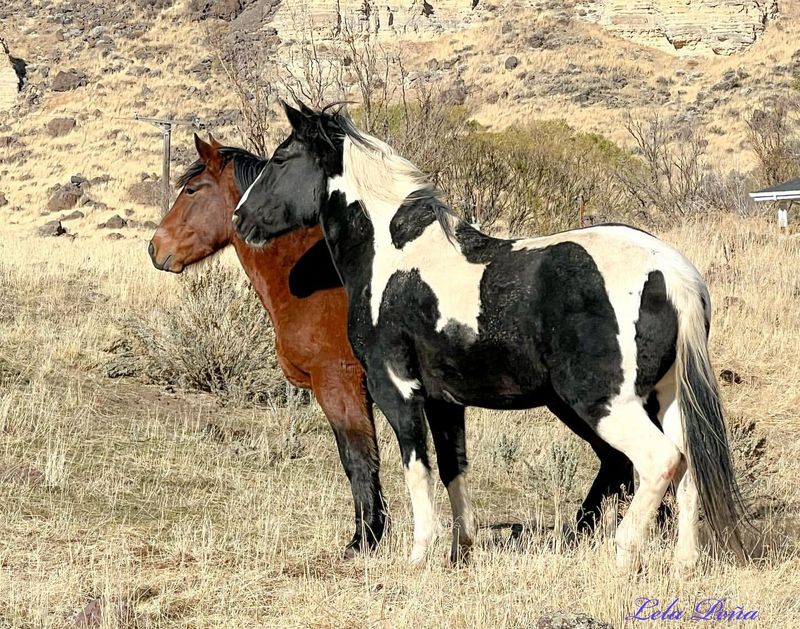
In the wild, Mustangs follow a natural process of mate selection that is based on physical attributes, strength, and the ability to protect the herd. Stallions compete for the attention of mares, and only the strongest and most dominant males are able to mate.
This natural selection ensures that the healthiest and most capable genes are passed down to the next generation, contributing to the overall strength and resilience of the herd.
18. Instinctive Navigation Skills
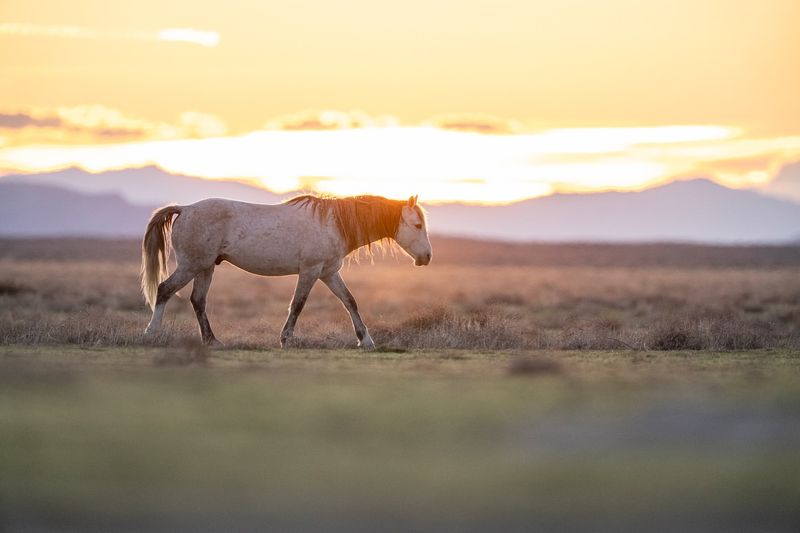
Mustangs have an incredible sense of direction and are able to navigate vast, open landscapes with ease. Whether it’s finding a water source or leading the herd to safety, Mustangs rely on their instincts to find their way.
Their ability to remember landmarks and natural features of their environment allows them to travel long distances without getting lost, which is crucial for their survival.
19. Diverse Feeding Habits
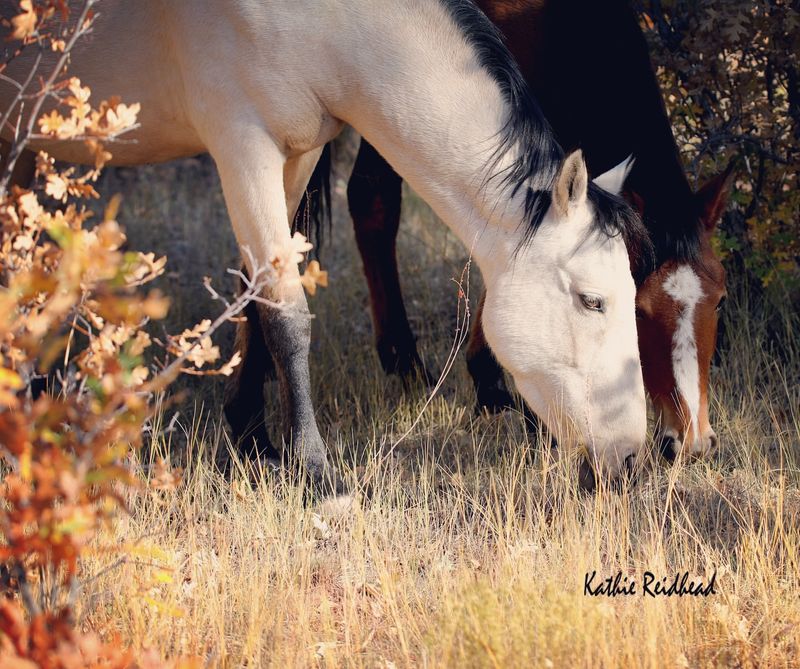
Mustangs have evolved diverse feeding habits that allow them to survive in a variety of environments. While they primarily graze on grasses, they will also feed on shrubs, leaves, and bark when grass is scarce.
Their ability to adapt their diet based on available resources helps them thrive in environments where food sources may not always be plentiful.
20. Resilient Digestion System
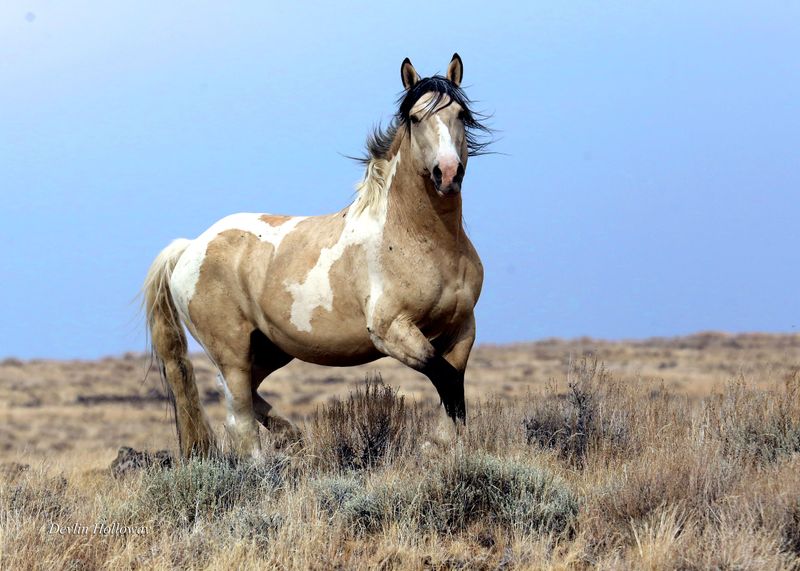
Mustangs have a highly efficient digestive system that allows them to extract maximum nutrition from the limited food they find in the wild.
Their stomachs are able to process coarse vegetation and tough plants, which many other horses would not be able to digest. This adaptability to different types of food is essential for their survival in the harsh conditions of the wild.
21. Efficient Water Conservation
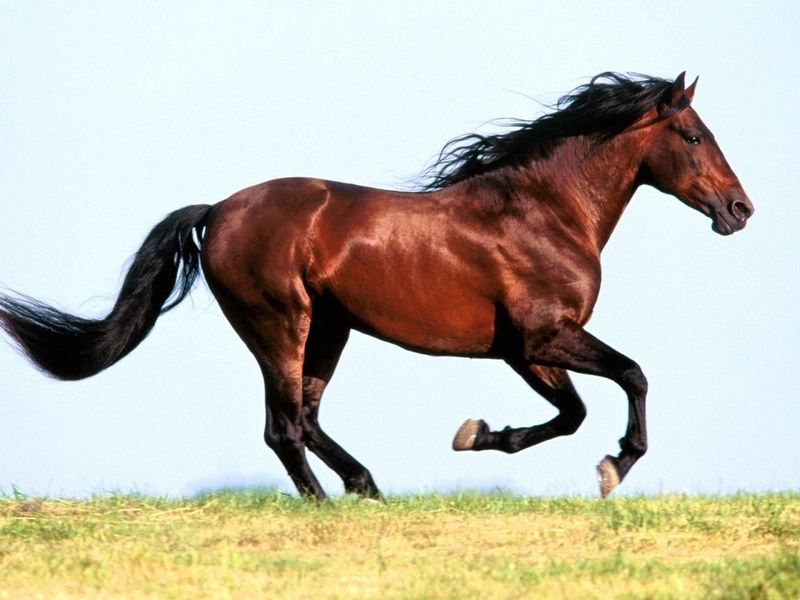
In dry, arid environments, Mustangs are remarkably efficient at conserving water. Their bodies have adapted to function on minimal water intake, and they can survive in places where other animals would quickly dehydrate.
Mustangs are able to go for long periods without drinking, relying on their ability to extract moisture from the vegetation they consume.
22. Strong Family Bonds
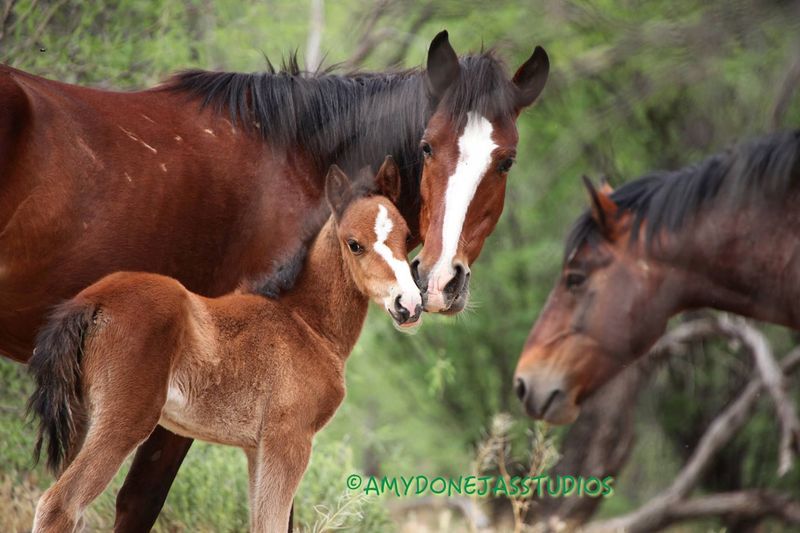
Family ties are incredibly important to Mustangs, and their herds are often composed of related individuals. The mares, stallions, and foals work together to protect each other and ensure the survival of the next generation.
These strong family bonds create a sense of community within the herd and help maintain order and security in their wild environments.
23. Natural Weather Resistance
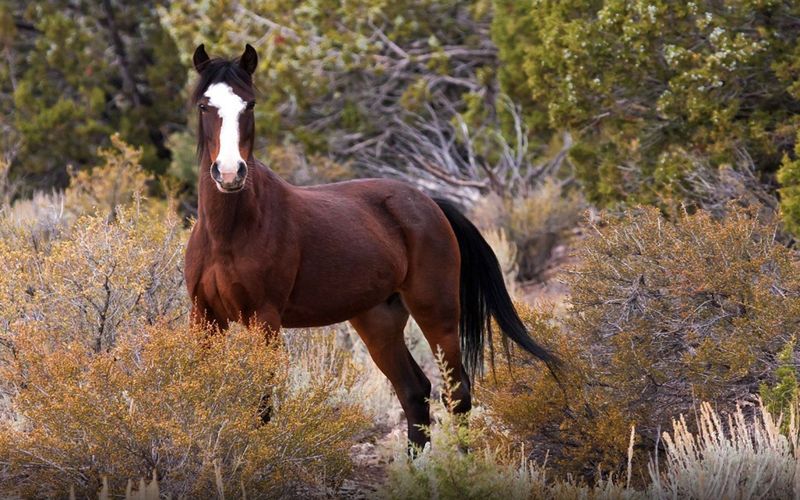
Mustangs are equipped with thick coats that protect them from the harsh elements of nature. Whether it’s the scorching summer heat or freezing winter temperatures, Mustangs can endure extreme weather conditions.
Their coats act as insulation against the cold and provide shade during the heat, allowing them to thrive in a variety of climates.


